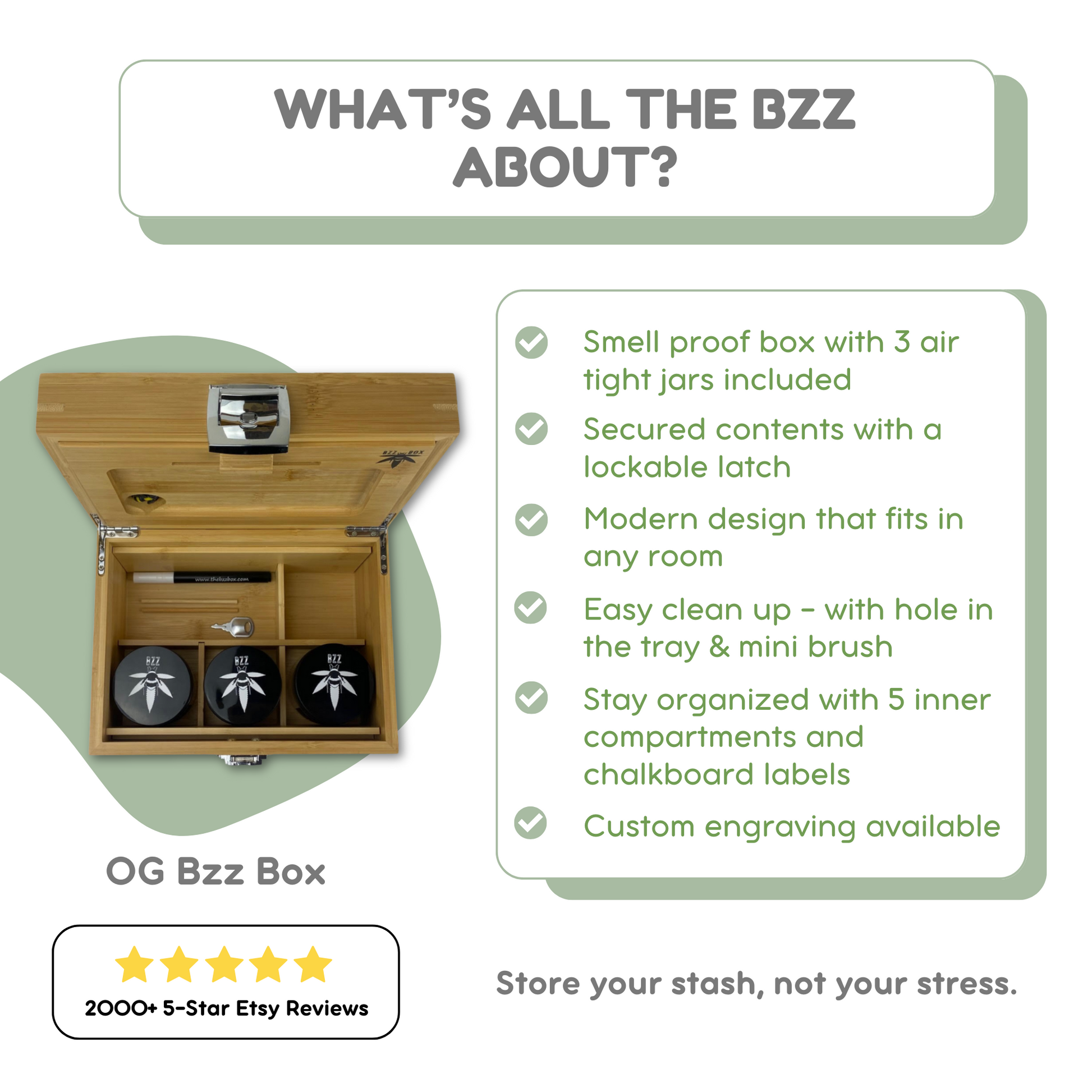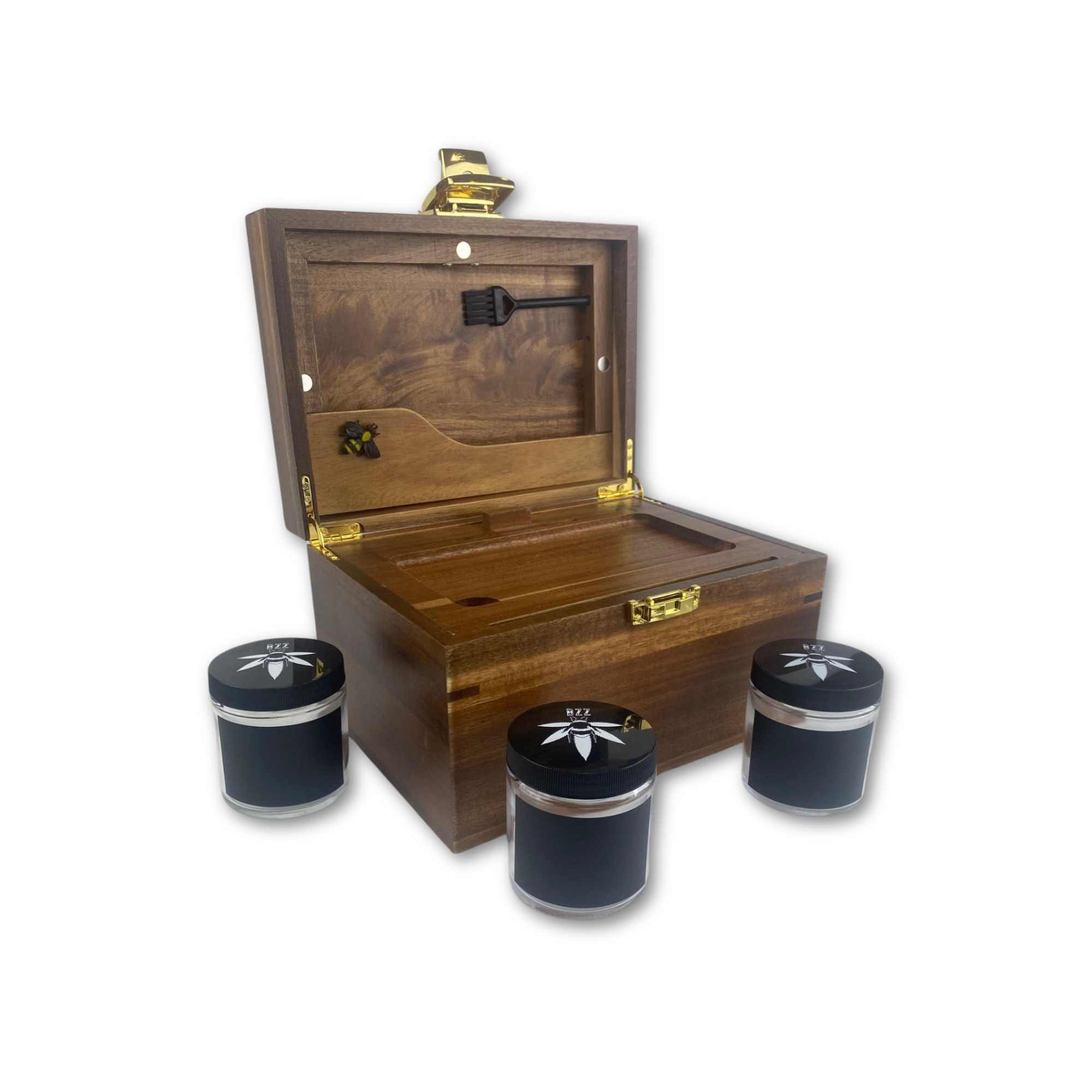Alright, so I’ve been meaning to talk about this bzz box. Heard some folks buzzing about it, figured I’d get my hands on one and see what’s what. You know me, I like to tinker, and a new gadget always piques my interest, especially if it promises a lot for a little.
Getting Started with the Bzz Box
So, the package arrived. Pretty standard brown box, nothing too fancy. Opened it up, and there it was, the bzz box itself. Smaller than I thought, which isn’t a bad thing. Picked it up, felt a bit on the light side, you know? Like, almost too light. The plastic casing felt okay, not premium, but not like it would shatter if you looked at it wrong. Standard fare for these kinds of things, I suppose. Also in the box: a tiny USB cable and a leaflet that I guess they call a manual. More like a “good luck” note.

First thing I did, naturally, was look for how to power it on and get it running. The leaflet pointed to a website for the OS image. So, off to the computer I went. Downloaded their custom Linux thing. Took a while, my internet was being a bit slow that day. Then I had to flash it onto a microSD card. Found an old 16GB card in my drawer, dusted it off, and got to it. Used my usual flashing tool, BalenaEtcher, always does the job.
Powering Up and First Hurdles
Card ready, I popped it into the bzz box. Plugged in a monitor, keyboard, mouse. Found a spare 5V power adapter – the box didn’t come with one, mind you. Little things like that can be annoying if you’re not expecting it. Held my breath and plugged it in.
Lights blinked. Good sign. Then… nothing on the screen for a bit. My heart sank a little. Thought, “Oh great, here we go.” I unplugged it, plugged it back in. Checked the HDMI cable. Still a blank screen. Then I remembered reading somewhere that some of these picky little boards need a specific kind of power supply, good amperage. Swapped out the generic phone charger I first grabbed for a proper 2.5A one I use for my Raspberry Pi. Success! The boot screen appeared. Always check your power supply, folks. Lesson learned, again.
The desktop environment was pretty barebones. Lightweight, which is probably for the best given the hardware specs they advertised. It felt a bit sluggish navigating around, but I wasn’t expecting a speed demon.
Putting It To The Test: A Simple Project
I wanted to do something practical, not just benchmarks. I had this idea for a little temperature and humidity sensor for my workshop. Thought the bzz box might be good for it. I had a DHT22 sensor lying around. So, the plan was to connect the DHT22, get Python running, and read some data.
This is where things got a bit… fiddly.
- Finding the GPIO pinout diagram for the bzz box wasn’t straightforward. The leaflet was useless. Had to do some digging on obscure forums. Finally found a user-drawn diagram. Sketchy, but better than nothing.
- Getting the Python libraries installed was another adventure. The pre-installed Python was an older version. Had to update it. Then `pip install` for the Adafruit DHT library failed a few times. Dependency issues, you know the drill. Spent a good hour wrestling with that.
Eventually, after much hair-pulling and muttering to myself, I got the script to run. And behold! Temperature and humidity readings appeared on my screen. It worked! I let it run for a few hours, and it seemed stable enough, collecting data without crashing. The box itself got a little warm to the touch, but not alarmingly so.

So, My Thoughts on This Bzz Box…
Look, it’s cheap. I’ll give it that. And it does work, eventually. If you’re looking for something to do very simple, dedicated tasks, like my little sensor project, and you’ve got a bit of patience (and a good power supply), then maybe. It’s a tinkerer’s board, for sure.
But honestly, the setup was more painful than it needed to be. The documentation is seriously lacking. That’s a big minus for me. If you’re a beginner, you’re going to struggle, plain and simple. Even for someone like me, who’s been around the block with these little single-board computers, it was a bit of a chore.
Would I rush out to buy another one? Probably not. There are other boards out there in a similar price range that are just… easier to get going with, better community support, better docs. The bzz box feels like it’s trying to be a Raspberry Pi alternative on a shoestring budget, but it cuts a few too many corners in the user-experience department for my liking. It’s got potential, maybe with better software support and clear instructions, it could be something. For now, it’s a “proceed with caution” from me. It’s a box, and it does make a bzz, but sometimes it’s the bzz of frustration.

















